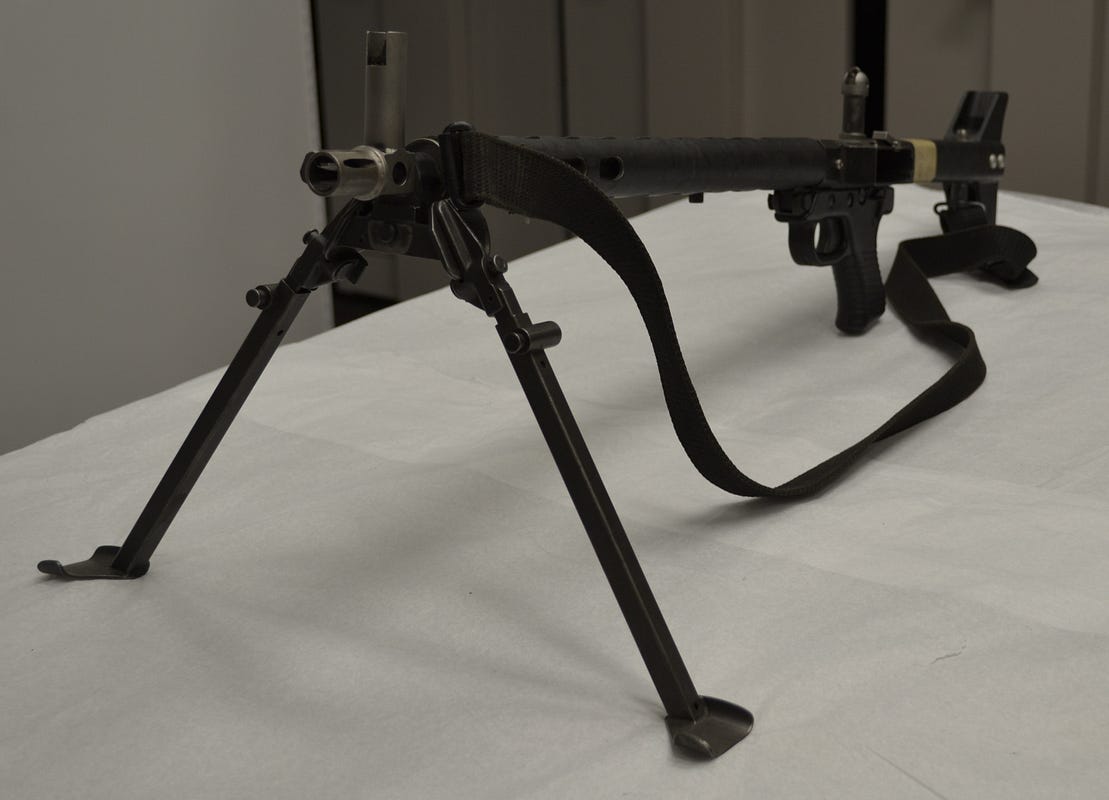The Low Maintenance Rifle was an easy-breezy M-16 replacement
In the early 1970s, the Defense Advanced Research Projects Agency worked on a “Low Maintenance Rifle” concept—or LMR. DARPA thought the new weapon could be a replacement for the troubled M-16 rifle.
The Pentagon hired TRW Systems to design the new gun. The U.S. Army’s Small Arms Systems Agency at Aberdeen Proving Ground monitored the project’s progress.
The disappointing performance of the M-16 in Vietnam spurred the effort. In the mid-1960s, American G.I.s found that rifle to be a maintenance nightmare—and the Army even published a comic book to help them figure it out.
The M-16’s poor showing in Southeast Asia prompted a slew of upgrades to help keep the guns working—and troops alive. The ground combat branch had worked out many of the rifle’s kinks by the end of the decade.
But quality control was still a significant problem. For instance, the Army tested a sample lot of new M-16s for defects in early 1971. Seven of the 16 guns didn’t make the cut.
LMR prototype number four. The slot for the side-loading magazine is visible above the pistol grip. Joe Trevithick photo
DARPA asked TRW for a rifle that would solve these continuing problems. The new weapon had to be simple to build and easy to use and must resist corrosion.
 The gun also had to have “semi-permanent solid film lubrication.” Solid film lubes are effectively painted-on … and only require periodic touch-ups.
The gun also had to have “semi-permanent solid film lubrication.” Solid film lubes are effectively painted-on … and only require periodic touch-ups.
By contrast, soldiers had to regularly grease up their M-16s. Dirt, sand and other debris could cling to the lubricant and gum up the rifle.
The new LMR also had to be accurate, even when firing on full-automatic. Reports from Vietnam suggested soldiers were not shooting accurately, even if the exact reasons were unclear.
In February 1971, TRW began work on the new design based in part on earlier work the company had done. The company built three prototypes and turned them over to the Pentagon.
The supposedly “low-maintenance” weapons repeatedly broke and were “sensitive to solid contaminants.” The simplified construction made the weapons fragile.
Also, TRW had designed the new guns to shoot 5.6-millimeter darts called flechettes. But the special ammunition was originally designed for a completely different weapon and was no longer in production.
In the end, DARPA modified the contract and asked TRW for three more rifles. The second set of LMRs had reinforced components and fired the Army’s normal 5.56-millimeter bullets.
 LMR prototype number three at top and number four at bottom. Joe Trevithick photo
LMR prototype number three at top and number four at bottom. Joe Trevithick photo
The new guns functioned relatively smoothly, but remained sensitive to dust and grime. Still, the Pentagon’s testers said the LMR was “a significant improvement” over the M-16.
The new rifle was definitely simpler and more reliable than the M-16. But it also turned out to be slightly heavier, less accurate and awkward for left-handed shooters—the magazine stuck out of the side.
Instead, the Army chose to tweak and upgrade the M-16, which soldiers on to this day. Post-Vietnam budget cuts were likely the final nail in the coffin for the LMR project.
However, the Pentagon kept the experimental guns and other services appear to have tested them after the project officially ended. Naval History and Heritage Command at the Washington Navy Yard, has the third, fourth and sixth prototypes in its small arms collection.
You can follow Joe Trevithick on Twitter at @FranticGoat. Sign up for a daily War is Boring email update here. Subscribe to WIB’s RSS feed here and follow the main page here.
No comments:
Post a Comment